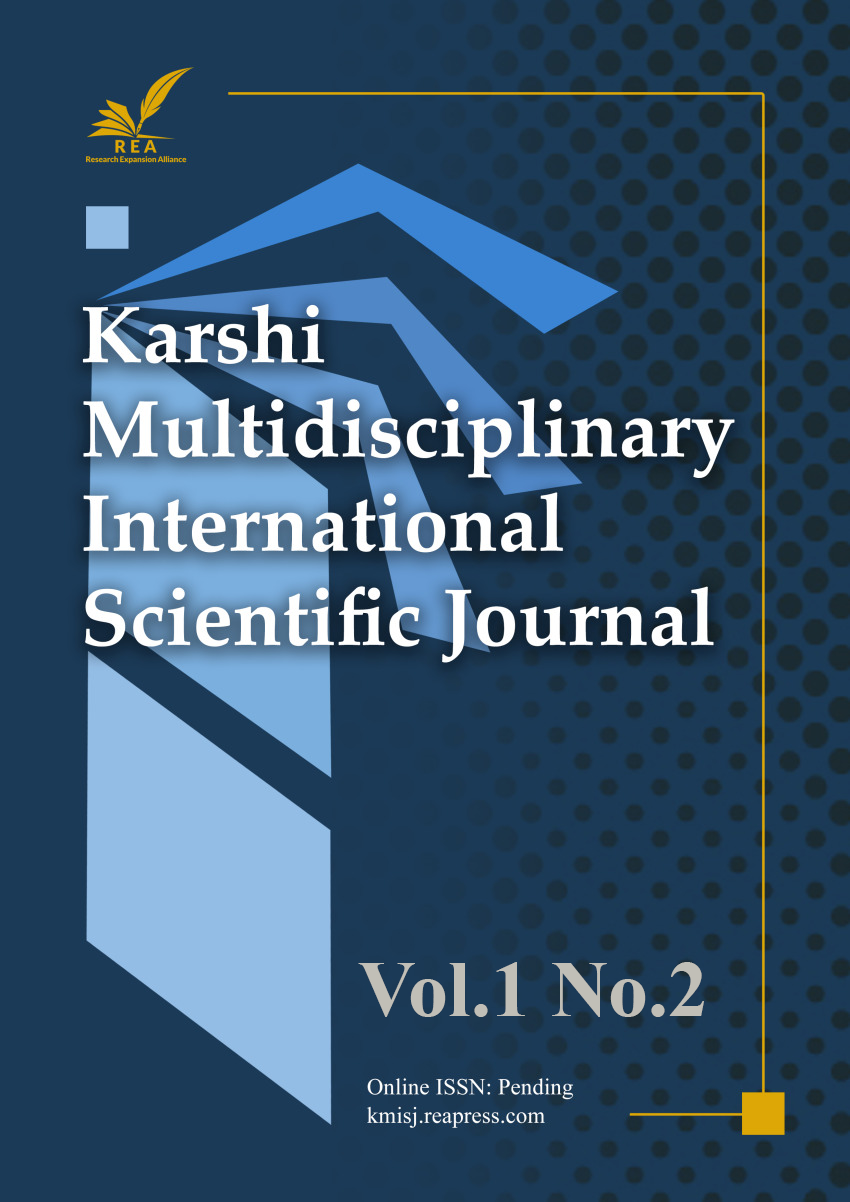The Impact of Artificial Intelligence on Cybersecurity
DOI:
https://doi.org/10.22105/kmisj.v1i2.58Keywords:
Artificial intelligence, Cybersecurity, Machine learning, Malware defense, Autonomous systemsAbstract
This article examines the role and applications of Artificial Intelligence (AI) in the field of cybersecurity, analyzing the opportunities and challenges it presents. Following a brief overview of AI development, the study focuses on the various methods used for protection against cyber threats, including the use of deep learning and machine learning algorithms to decipher threat models, analyze suspicious behaviors, and predict security incidents. The use of AI for malware protection, threat analysis, and automated incident response is crucial for enhancing the efficiency of defense against cyberattacks. However, the use of AI also presents challenges, including adversarial attacks and the difficulty in interpreting AI system decisions. The article also reviews the current trends and future perspectives of AI in cybersecurity, predicting an increased integration of AI into critical infrastructure and a rise in the autonomy of security systems. However, these developments require addressing challenges such as transparency and ethics in AI usage. This study concludes that AI has the potential to transform the field of cyber security but requires a cautious and supervised approach to maximize its benefits and address its risks.
References
M. Barreno, B. Nelson, A.D. Joseph, J.D. Tygar, The Security of Machine Learning. Machine Learning, 81:2, 121–148 (2010).
M. Bishop, Computer Security: Art and Science. Addison-Wesley, (2003).
N. Bostrom, Superintelligence: Paths, Dangers, Strategies. Oxford University Press, (2014).
A.L. Buczak, E. Guven, A Survey of Data Mining and Machine Learning Methods for Cyber Security Intrusion Detection. IEEE Communications Surveys & Tutorials, 18:2, 1153–1176 (2016).
C. Case, et al., Automated incident response using machine learning. Proceedings of the 2nd ACM Work-shop on Security and Artificial Intelligence, (2010).
E. Charniak, D. McDermott, Introduction to Artificial Intelligence. Addison-Wesley, (1985)
C. Chio, D. Freeman, Machine Learning and Security: Protecting Systems with Data and Algorithms. O’Reilly Media, (2018).
G. Conti, et al., Visual exploration of malicious network objects using semantic zoom, interactive encoding and dynamic queries. IEEE Symposium on Visual Analytics Science and Technology, (2010).
J. Dean, The future of AI and machine learning. Keynote at the Conference on Neural Information Processing Systems (NIPS), (2017).
I. Goodfellow, Y. Bengio, A. Courville, Deep Learning. MIT Press, (2016).
L. Huang, A.D. Joseph, B. Nelson, B.I.P. Rubinstein, J.D. Tygar, Adversarial machine learning. Proceedings of the 4th ACM Workshop on Security and Artificial Intelligence, (2011).
B. Kolosnjaji, et al., Deep learning for classification of malware system call sequences. Proceedings of the Australasian Joint Conference on Artificial Intelligence, (2016).
N. Koroniotis, et al., Towards the development of realistic botnet dataset in the internet of things. IEEE Internet of Things Journal, 6:3, 5075–5092 (2019).
G.F. Luger, Artificial Intelligence: Structures and Strategies for Complex Problem Solving (5th ed.). Addison-Wesley, (2005).
N.J. Nilsson, Artificial Intelligence: A New Synthesis. Morgan Kaufmann, (1998).
D. Poole, A. Mackworth, R. Goebel, Computational Intelligence: A Logical Approach. Oxford University Press, (1998).
K. Rieck, P. Trinius, C. Willems, T. Holz, Automatic Analysis of Malware Behavior Using Machine Learning. Journal of Computer Security, 19(4), 639–668 (2011).
S. Russell, P. Norvig, Artificial Intelligence: A Modern Approach (3rd ed.). Prentice Hall, (2009).
L. Sgandurra, et al., Automated Dynamic Analysis of Ransomware: Benefits, Limitations and Use for Detection. arXiv:1609.03020.
A. Shameli-Sendi, A Survey on Threat Intelligence Management Systems. Computers & Security, 62,
–176 (2016).
R. Sommer, V. Paxson, Outside the Closed World: Using Machine Learning for Network Intrusion Detection. IEEE Symposium on Security and Privacy, (2010).

